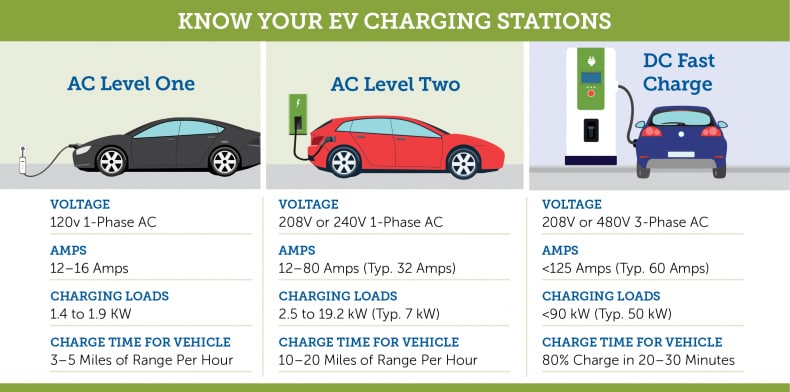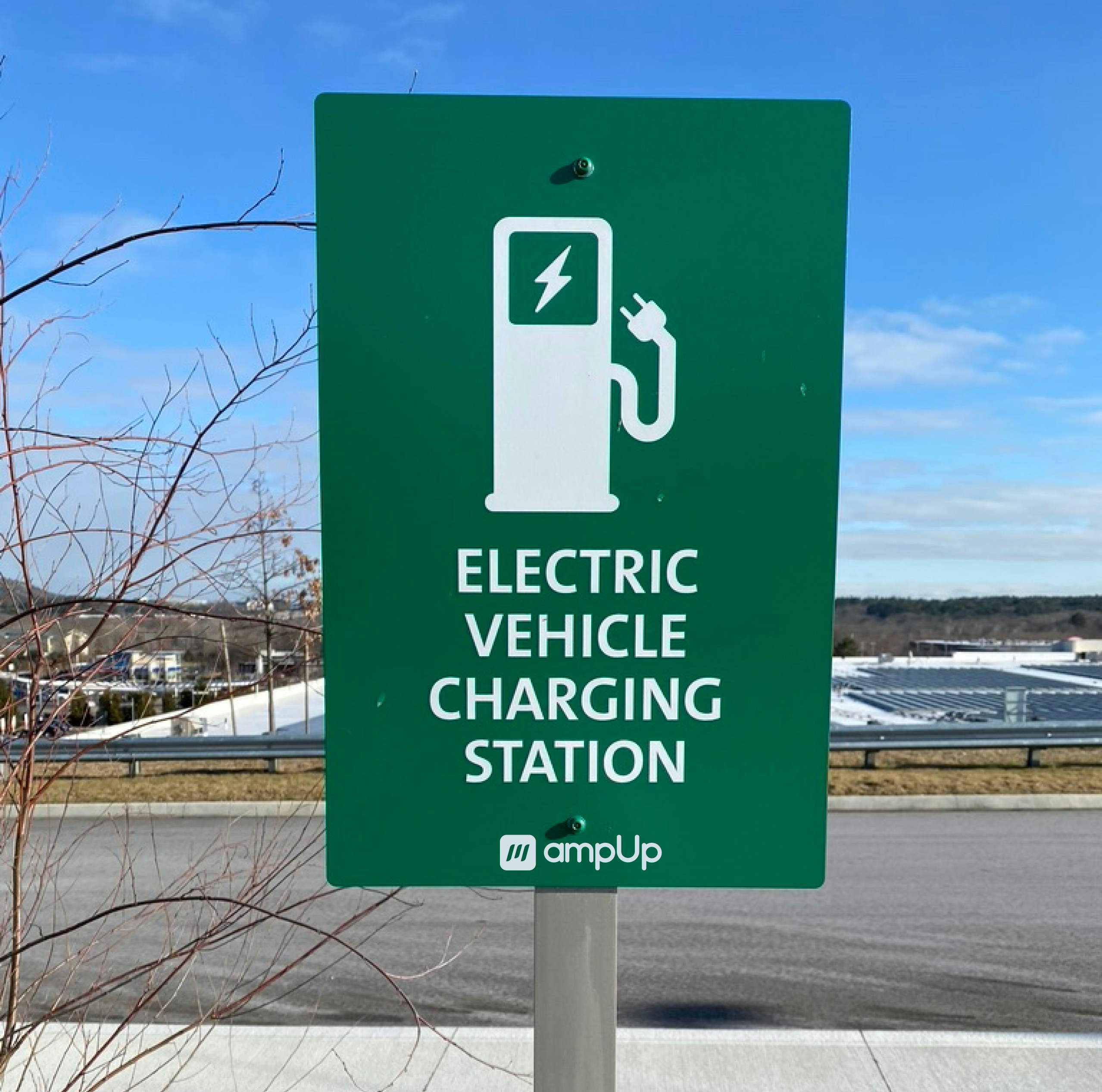Electric vehicle charging stations represent the lifeblood of the growing EV ecosystem. For drivers making the transition from gasoline-powered cars, understanding the ins and outs of these stations is essential. A reliable charging network ensures EVs can match the convenience of traditional fueling, alleviating concerns about range anxiety and promoting widespread adoption. With a surge in EV popularity, evaluating charging stations—their features, usability, and infrastructure—has never been more critical.
Public and home charging options dominate the landscape. Public chargers vary by level, ranging from Level 2 chargers, which provide a convenient recharge in a few hours, to ultra-fast DC fast chargers capable of adding hundreds of miles of range in under 30 minutes. Tesla’s Supercharger network remains the benchmark for speed and reliability, offering exclusive access to Tesla owners in many locations. Meanwhile, competitors such as Electrify America and ChargePoint provide robust alternatives for other EV brands, each with its unique advantages.
Home charging, however, plays a vital role for most EV owners. Installing a Level 2 home charger ensures overnight charging, delivering convenience that’s hard to beat. Brands like JuiceBox and Wallbox lead the pack with their smart features, allowing users to monitor energy usage and schedule charging during off-peak hours. This capability not only saves money but also supports grid stability—a crucial factor as EV numbers grow.
One common misconception is that charging an EV takes hours. While this is true for standard Level 2 chargers, advancements in fast-charging technology have significantly reduced waiting times. For instance, DC fast chargers from brands like ABB and EVgo can restore 80% of a battery’s capacity in under an hour. This innovation makes long-distance travel more feasible for EV owners, bridging the gap between electric and traditional vehicles.

The U.S. government’s commitment to expanding charging infrastructure further bolsters the industry. With billions of dollars allocated under the Bipartisan Infrastructure Law, new charging stations are appearing along highways and in urban centers. These investments ensure equitable access, addressing disparities in charging availability for rural and underserved communities. By 2030, the goal is to establish a reliable and comprehensive network of 500,000 chargers across the nation.
Charging station usability also depends on intuitive design and payment systems. Modern stations often feature mobile app integration, allowing users to locate nearby chargers, check availability, and initiate charging sessions. Contactless payment options, a must-have in today’s tech-savvy world, are becoming standard across networks. However, some networks, such as Electrify America, have faced criticism for inconsistent station functionality, highlighting the need for ongoing improvements.
The environmental impact of charging stations adds another layer of interest. Many networks prioritize renewable energy sourcing, with solar-powered chargers and partnerships with clean energy providers becoming more common. This commitment ensures that EVs remain a sustainable choice, even beyond their zero-emissions operation.
EVGeek provides a wealth of resources for readers eager to learn more. Explore our articles like “The Top 5 New EVs You’ll Want to Drive in 2024” for insights into the latest vehicles or “Understanding EV Batteries: A Guide for First-Time Owners” to deepen your knowledge of EV technology. By staying informed, you can make confident choices in the evolving EV landscape.
Choosing the right charging solution involves balancing convenience, cost, and compatibility. Whether you prioritize the speed of a Tesla Supercharger or the accessibility of a ChargePoint station, the growing infrastructure ensures that EV ownership continues to become more practical and appealing. As the network expands, EV drivers can look forward to a seamless and sustainable charging experience.
